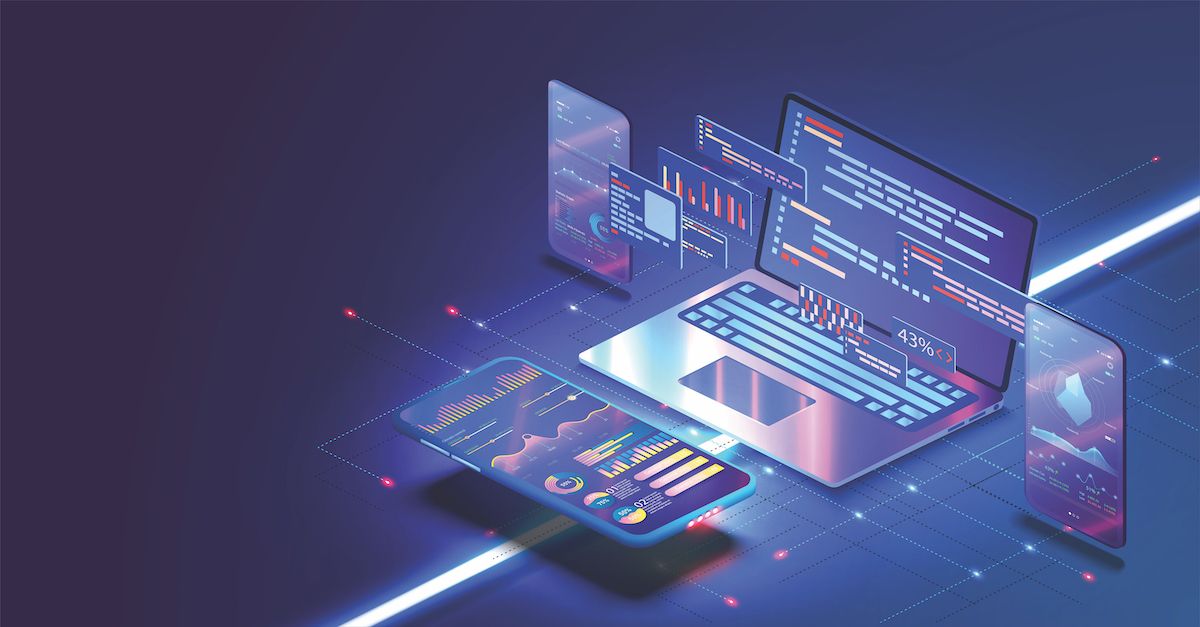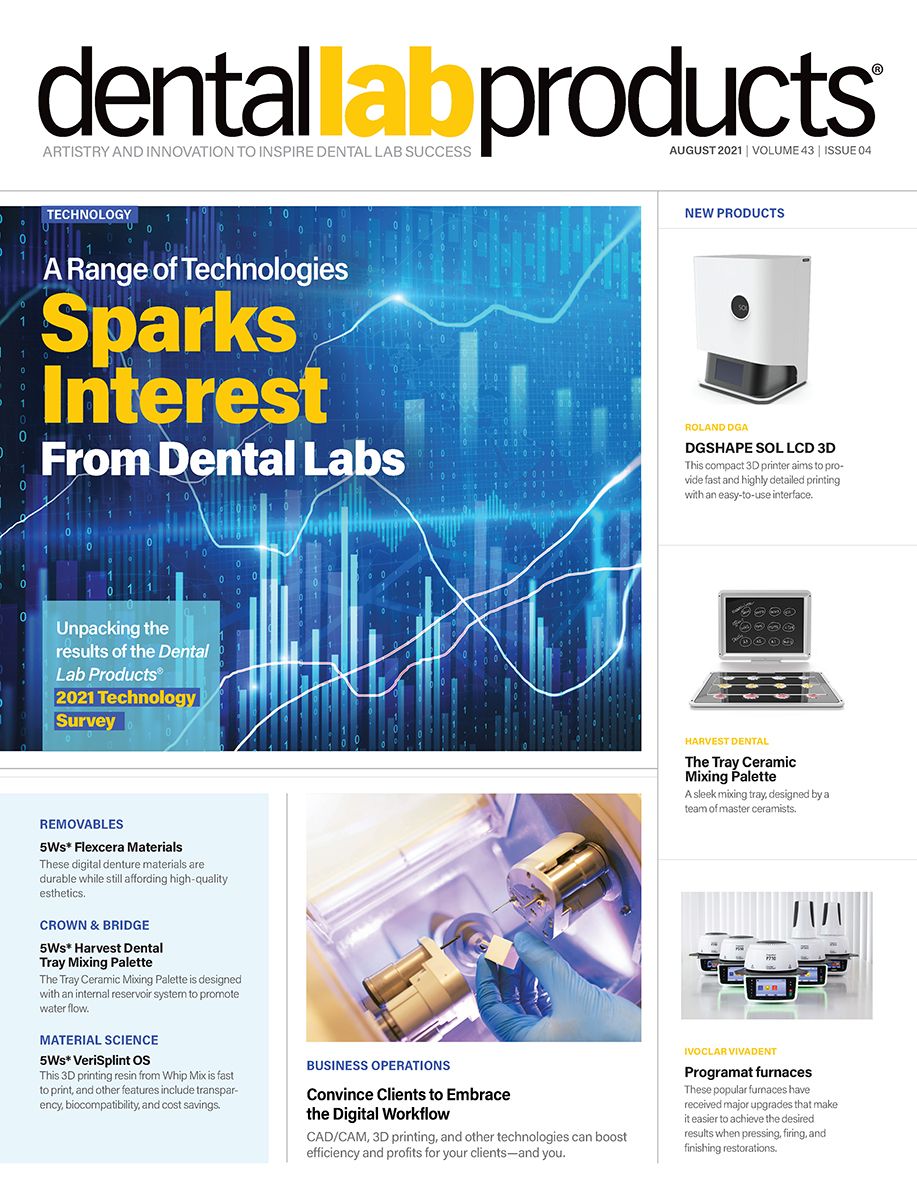5 Consumer Technologies Essential in a Modern Dental Lab
A look at some of the off-the-shelf technologies that have a role to play in every modern dental laboratory.
ZinetroN / stock.adobe.com

Dental labs have always been supported by a foundation of technologies designed to help skilled technicians work with specialized materials to design and fabricate crowns, bridges, dentures, and numerous other dental appliances. The scanners, mills, and printers used by dental labs are all technology platforms that are also used in other industries, which have been customized for the unique needs of a dental lab. The materials these systems process are also technologies developed and fine-tuned for dental applications.
Although a dental lab relies on many specialized innovations, there are plenty of consumer technologies that labs should be employing to help with everything from business operations to communications, and much more. Here are 5 consumer technologies that can help any dental lab.
1. Smartphone
About a decade ago, this entry would likely have omitted the word smart as a phone by itself is an essential part of any lab’s operations. However, the rise of these pocket computers that combine a phone, camera, video player, and so much more, makes the smartphone an essential tool. These devices can stand in for many of the other technologies on this list because they can be used for capturing and sharing case images, watching training videos, looking up references, talking with clients, and even providing music to keep the lab going throughout the workday. Just be sure to keep a charging cord handy.
2. Computer
This technology might seem redundant with a smartphone on hand, but sometimes a bigger processor—and a bigger screen—is a huge advantage. Although a dedicated digital lab is going to want top-of-the-line computers for running CAD/CAM applications, having a desktop machine to manage the business side of the lab, track cases, and handle numerous other tasks makes sense. The smartphone might be convenient and multidimensional, but a stand-alone computer, which can handle more data-intensive tasks, remains a necessity in almost any business.
3. Tablet
This may seem like another repetitive entry, but a tablet can have some unique applications in a dental lab due to its form. Sure, a tablet, such as an iPad, is basically a smaller computer—or a jumbo-sized smartphone—but it’s an ideal technology for use at the bench. The larger screen makes it a great tool for quick video calls or for referencing information or videos without having to stop working completely. The thin design of tablets means they do not require much benchtop real estate and can be moved around the lab with ease. Add in a Bluetooth keyboard so you don’t need to constantly touch the screen or type on the virtual keyboard to make it even more convenient.
4. Camera
A stand-alone camera can add even more to a dental lab. The basic use of a camera to document work and communicate with clients can be accomplished with a smartphone, especially a newer, high-end phone that features the latest in smartphone camera technology. However, a stand-alone camera setup with optimized lighting can take lab photography to new levels. It’s easy to capture every detail of a fixed or removable restoration once you have a camera and lighting properly set up in your lab. These high-quality photos can do a lot for your marketing, as well as make it easy to share extreme close-ups when a minute detail needs to be discussed with a client.
5. The internet
The internet now rivals the phone as the primary means of communication and makes it possible for dental practices to submit cases digitally, which eliminates shipping time and speeds up the case. The internet allows a lab to use cloud-based software for both business management and digital case design, making it easier to access information and complete work from virtually anywhere. This tool has become so essential to both work life and leisure time that today it’s hard to imagine not having instant access to information and people, regardless of location.
